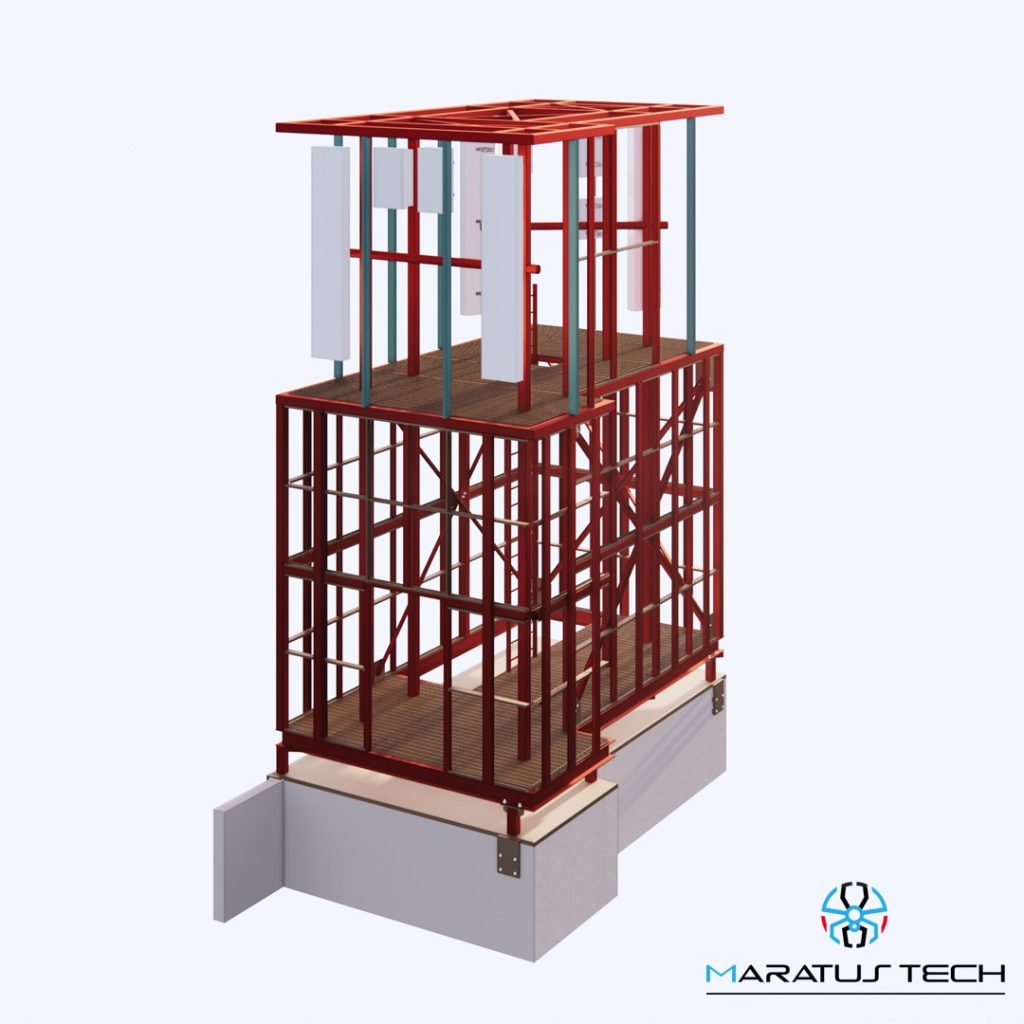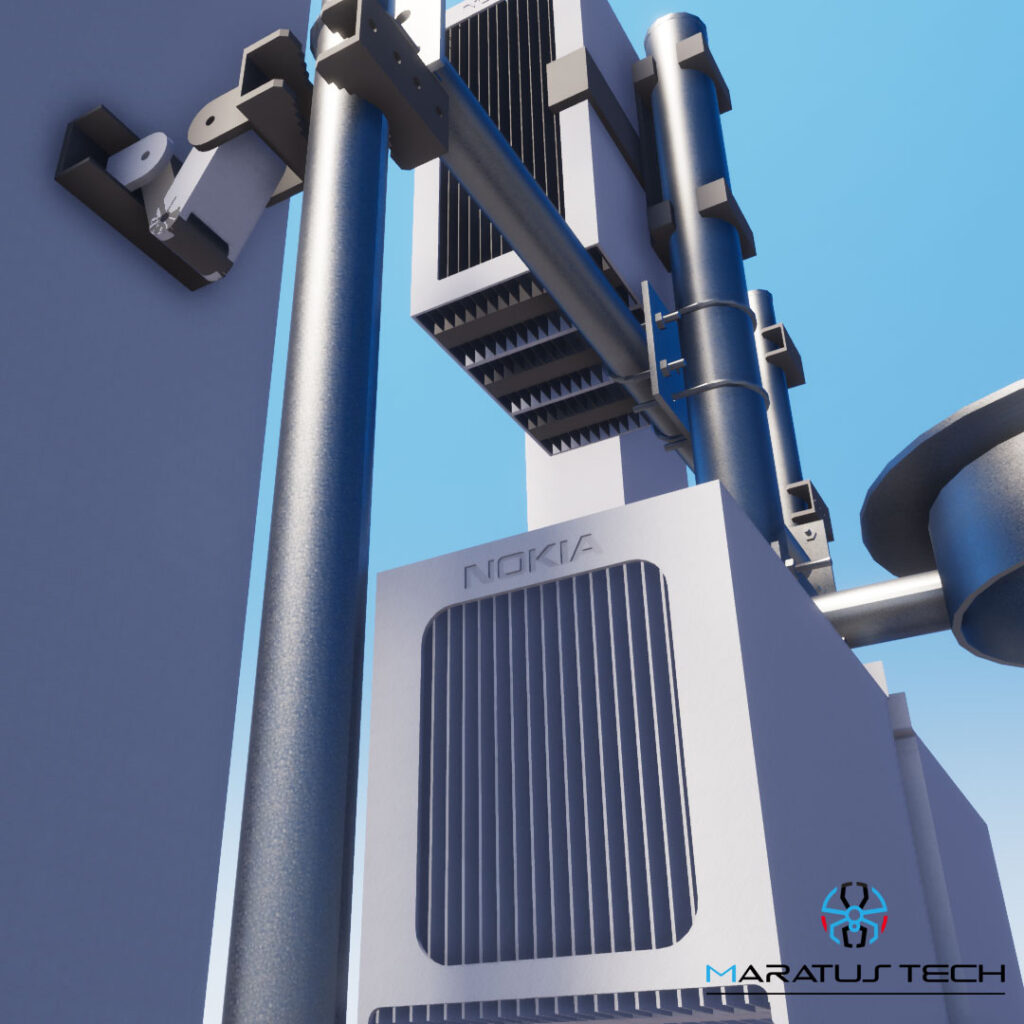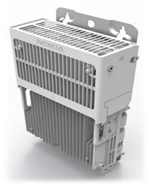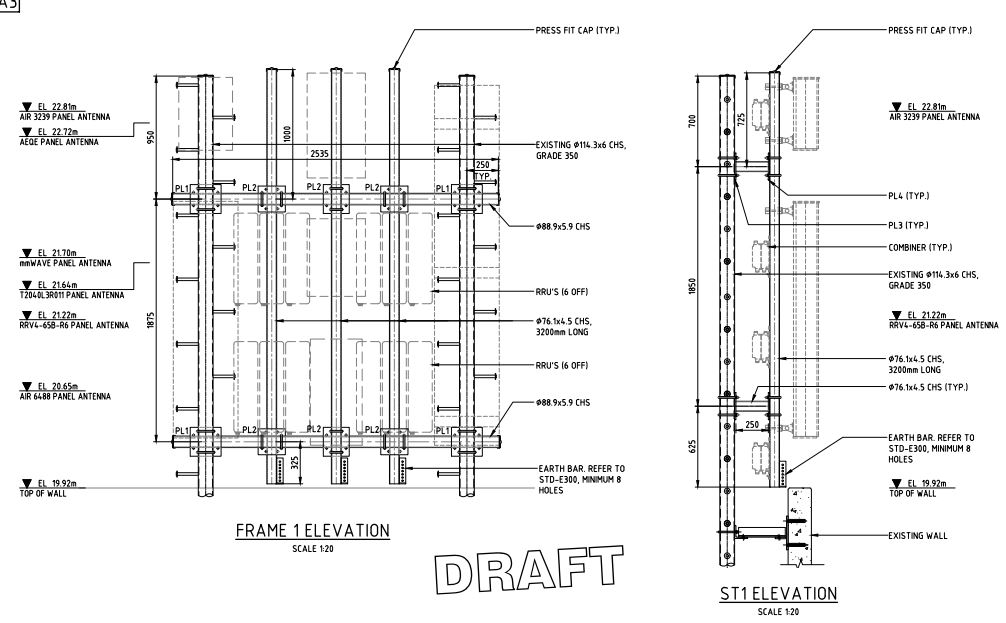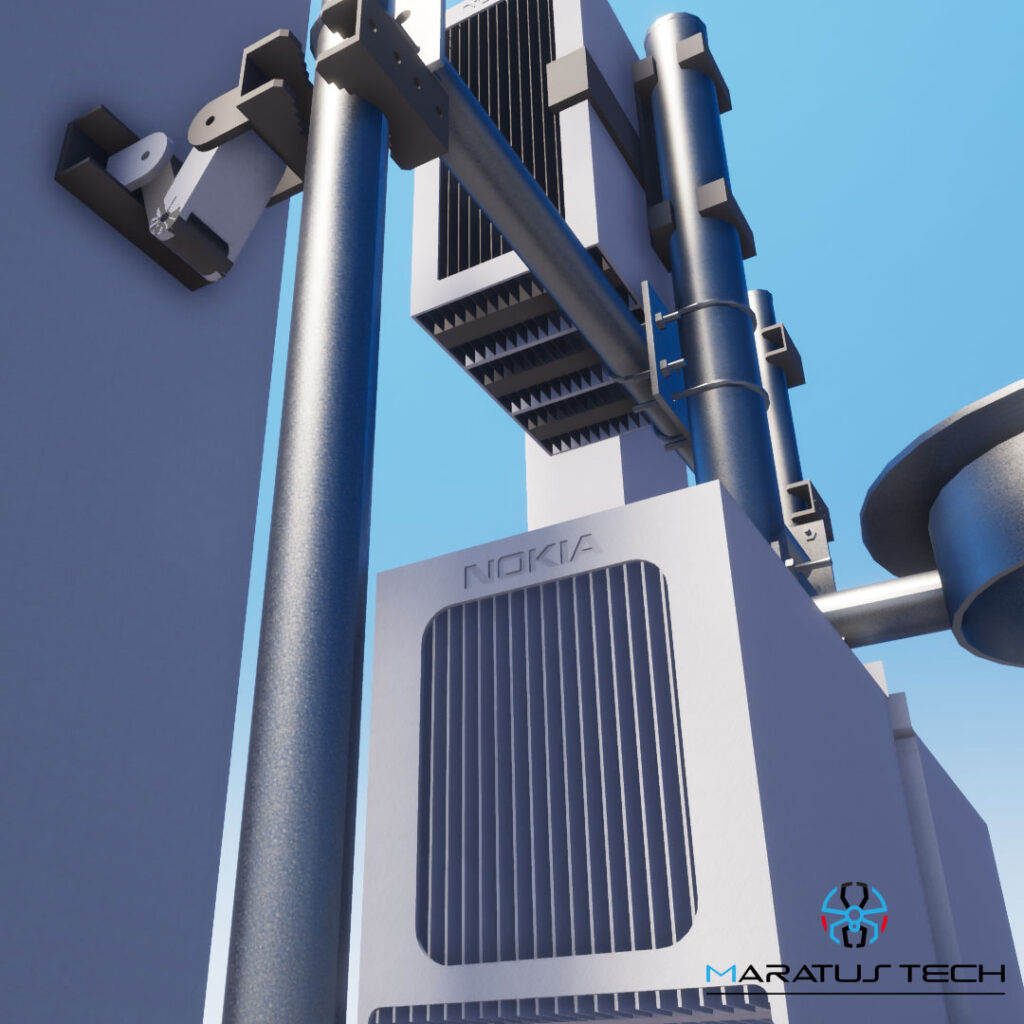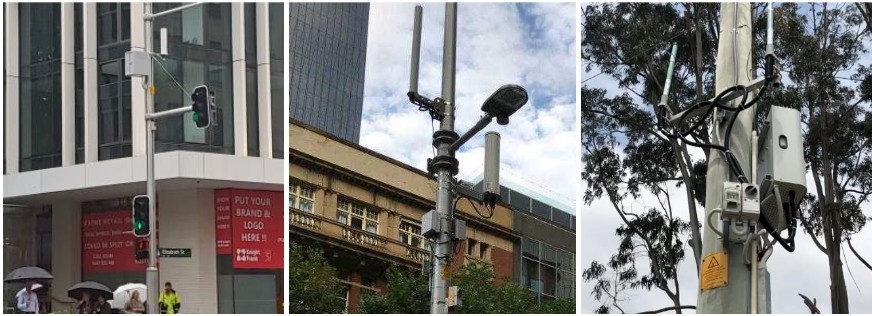Blog
The Future of Space Structures: Innovation and Design

Space structures, whether in aerospace or architectural contexts, represent the forefront of engineering and design innovation. These structures must withstand extreme conditions while maximizing efficiency and functionality. In this blog post, we’ll delve into the latest advancements in space structures, highlighting key design principles and their impact on various industries.
Body: Space structures are engineered to meet specific performance criteria, including strength, durability, and lightweight construction. In aerospace, they ensure the safety and functionality of spacecraft, satellites, and space stations. In architecture, they provide aesthetic and functional benefits in large-span constructions, such as stadiums and exhibition halls.
Key Innovations:
- Advanced Materials: The use of advanced materials, such as carbon fiber composites and high-strength alloys, enhances the strength-to-weight ratio of space structures, making them more efficient and resilient.
- Modular Design: Modular construction techniques allow for easier assembly, maintenance, and scalability, both in space and on Earth.
- 3D Printing: Additive manufacturing, or 3D printing, enables the creation of complex geometries with precision, reducing material waste and production costs.
- Adaptive Structures: These structures can change their shape or properties in response to environmental conditions, improving performance and adaptability.
Architectural Applications:
- Space Frames: Lightweight frameworks used in large-span constructions, offering high strength and flexibility.
- Geodesic Domes: Efficient and visually striking structures that distribute stress evenly, making them ideal for architectural use.
- Tensile Structures: Utilizing tensioned membranes, these structures create open and airy spaces with minimal material usage.
Aerospace Applications:
- Satellite Components: Lightweight and durable structures are essential for the efficient launch and operation of satellites.
- Space Habitats: Innovative design principles ensure the safety and comfort of astronauts in space habitats and stations.
- Launch Vehicles: Advanced structural designs contribute to the performance and reliability of rockets and other launch vehicles.
Conclusion: The future of space structures is bright, with ongoing innovations driving improvements in both aerospace and architectural applications. By leveraging advanced materials, modular designs, and cutting-edge technologies, engineers and architects can create structures that are both functional and visually stunning.


